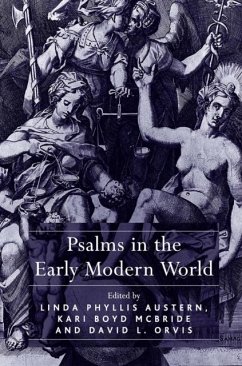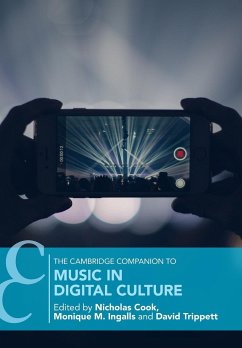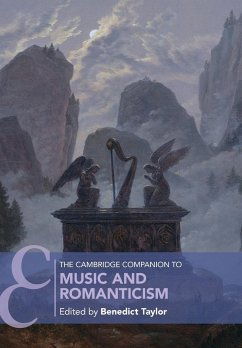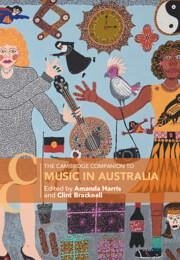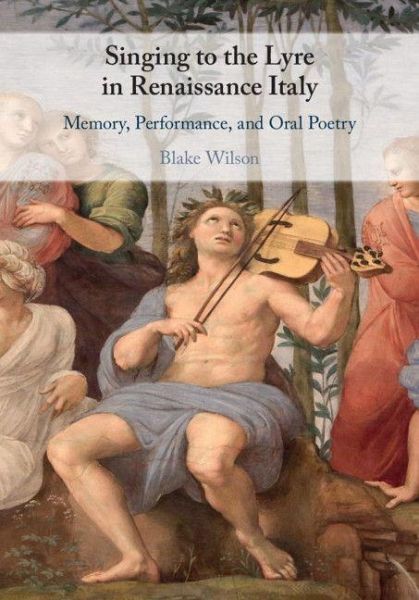
Singing to the Lyre in Renaissance Italy
Versandkostenfrei!
Versandfertig in 1-2 Wochen
144,99 €
inkl. MwSt.
Weitere Ausgaben:

PAYBACK Punkte
72 °P sammeln!
Vernacular poetry in Renaissance Italy was typically created and disseminated by improvising singer-poets. This is the first comprehensive study of cantare ad lyram (singing to the lyre), the dominant form of solo singing in Italy prior to the mid-sixteenth century, and of the related oral practices of memory and improvisation.








